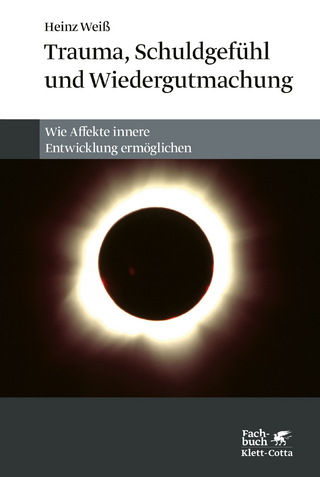
Neural Binding of Space and Time: Spatial and Temporal Mechanisms of Feature-object Binding
Psychology Press Ltd (Verlag)
978-1-138-88325-3 (ISBN)
Some of the central problems to be solved by the brain, such as figure-ground coding and object recognition, concern the binding of separately coded feature elements into coherent object representations. The binding problem has recently been approached by a variety of disciplines, notably psychophysics, and experimental psychology, electrophysiology, neurophysiology and computational modelling. This special issue brings together a collection of papers principally from psychology and computational modelling. These papers address issues in Gestalt formation, the relation of grouping and binding processes to visual attention, the role of temporal factors for grouping and binding, the neuronal correlates of binding mechanisms, the development of binding operations in infants and the breakdown of these processes following brain injury.
Mark Elliott, Christoph Hermann, Axel Mecklinger, Hermann Muller
H.J. Müller, M.A. Elliott, C.S. Herrmann, A. Mecklinger, An Introduction to Neural Binding of Space and Time: Spatial and Temporal Mechanisms of Feature-object Binding. L. Chen, Perceptual Organization: To Reverse Back the Inverted (Upside Down) Question of Feature Binding. S.S. Markovic, V. Gvozdenovic, Symmetry, Complexity and Perceptual Economy: Effects of Minimum and Maximum Simplicity Conditions. M.A. Peterson, J. Hyun Kim, On What is Bound in Figures and Grounds. A. Aksentijevic, M. A. Elliott, P.J. Barber, Dynamics of Perceptual Grouping: Similarities in the Organization of Visual and Auditory Groups. G.C. Baylis, G.L. Gore, P.D. Rodriguez, R.J. Shisler, Visual Extinction and Awareness: The Importance of Binding Dorsal and Ventral Pathways. G.W. Humphreys, A Multi-stage Account of Binding in Vision. G. Davis, What is Binding For? The Functions and Neuropsychology of Within- Versus Between-Objects. R.D.S. Raizada, S. Grossberg, Context-sensitive Binding by the Laminar circuits of V1 and V2: A Unified Model of Perceptual Grouping, Attention, and Orientation Contrast. K.R. Cave, Selection Can be Performed Effectively Without Temporal Binding, But Could be Even More Effective With it. J.E. Hummel, Complementary Solutions to the Binding Problem in Vision: Implications For Shape Perception and Object Recognition. R. Eckhorn, A. Bruns, M. Saam, A. Gail, A. Gabriel, H.J. Brinksmeyer, Flexible Cortical Gamma-band Correlations Suggest Neural Principles of Visual Processing. S. Panzeri, H.D.R. Golledge, F. Zheng, M. Tovée, M.P. Young, Objective Assessment of the Functional Role of Spike Train Correlations Using Information Measures. A. Giersch, The Effects of Lorazepam on Visual Integration Processes: How Useful for Neuroscientists? S.P. Johnson, Visual Development in Human Infants: Binding Features, Surfaces and Objects. M.M. Müller, T. Gruber, Induced Gamma-band Responses in the Human EEG are Related to Attentional Information Processing. C.S. Herrmann, A. Mecklinger, Gamma Activity in Human EEG is Related to High-speed Memory Comparisons During Object Selective Attention. D. Strüber, C. Basar-Eroglu, M. Miener, M. Stadler, EEG Gamma-band Response During the Perception of Necker Cube Reversals. H.H. Herzog, C. Koch, M. Fahle, Switching Binding State. A. Parton, N. Donnelly, M. Usher, The Effects of Temporal Synchrony on the Perceived Organisation of Elements in Spatially Symmetric and Asymmetric Grids. M.A. Elliott, H.J. Müller, Effects of Stimulus Synchrony on Mechanisms of Perceptual Organization. H.G. Geissler, R. Kompass, Temporal Constraints on Binding? Evidence from Quantal State Transitions in Preception.
| Reihe/Serie | Special Issues of Visual Cognition |
|---|---|
| Verlagsort | Hove |
| Sprache | englisch |
| Maße | 156 x 234 mm |
| Gewicht | 612 g |
| Themenwelt | Geisteswissenschaften ► Psychologie ► Allgemeine Psychologie |
| Geisteswissenschaften ► Psychologie ► Verhaltenstherapie | |
| Medizin / Pharmazie ► Medizinische Fachgebiete ► Neurologie | |
| ISBN-10 | 1-138-88325-5 / 1138883255 |
| ISBN-13 | 978-1-138-88325-3 / 9781138883253 |
| Zustand | Neuware |
| Haben Sie eine Frage zum Produkt? |
aus dem Bereich


